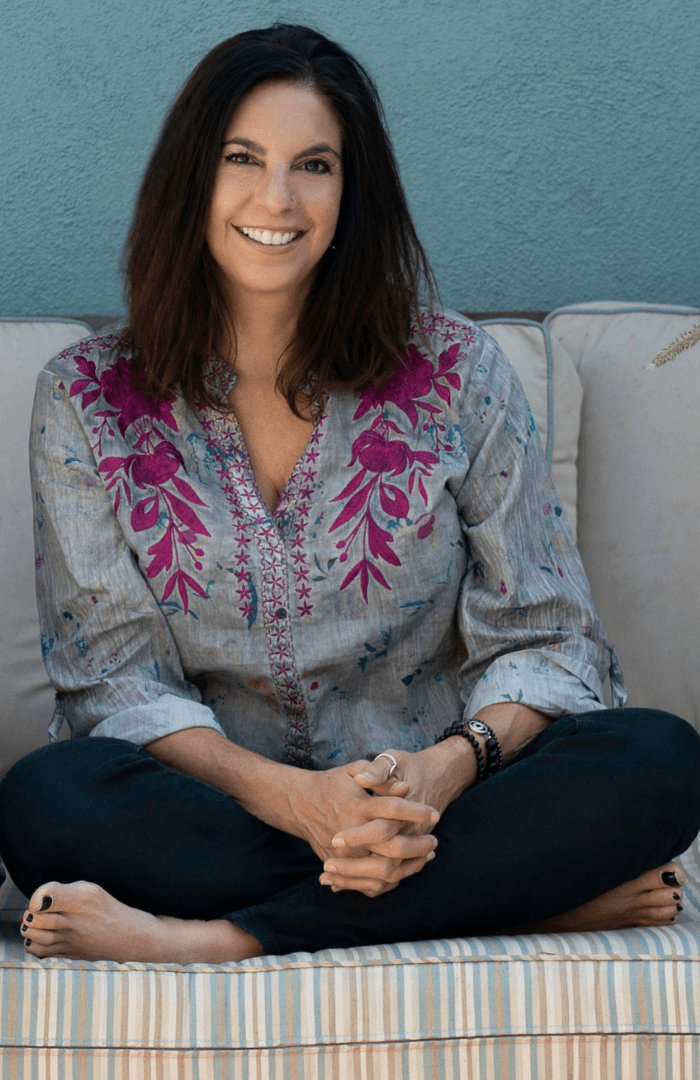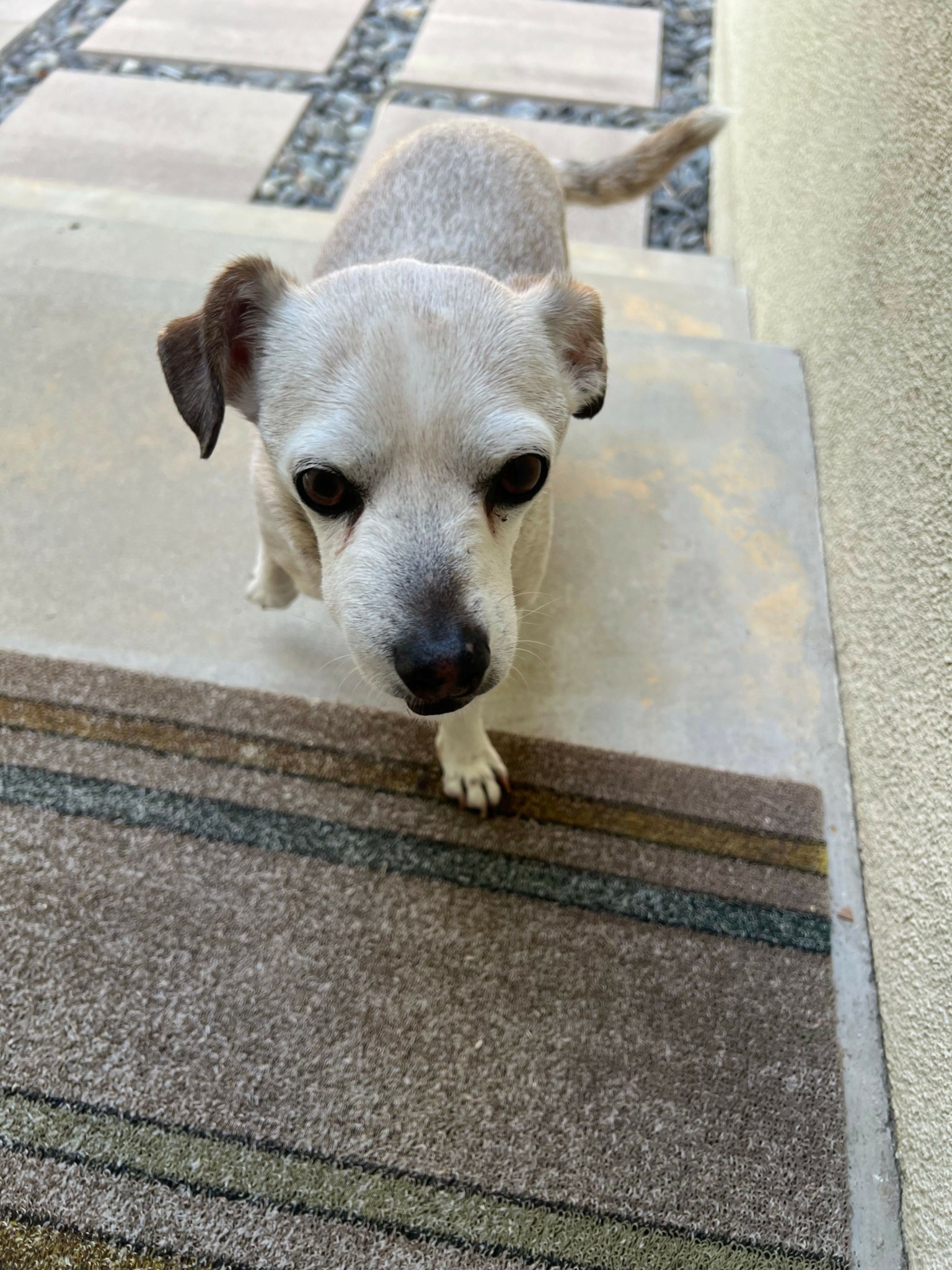We’re excited to introduce you to the always interesting and insightful Trudi Roth . We hope you’ll enjoy our conversation with Trudi below.
Trudi , looking forward to hearing all of your stories today. Earning a full time living from one’s creative career can be incredibly difficult. Have you been able to do so and if so, can you share some of the key parts of your journey and any important advice or lessons that might help creatives who haven’t been able to yet?
Making a living as a professional writer (now ghostwriter) and editor started in my early 40s when I dared to declare, “I am a writer!” Before that, I was the person who hired writers to create copy for products, websites, marketing materials, etc. My mom—a wildly creative entrepreneur in her own right—convinced me that it would be better (ahem, more lucrative) if I studied business and positioned myself more on a management track. So, the first decade or so of my professional life was focused on using my left-brain-driven skills. Shockingly (not at all), I wasn’t super happy. It took a number of detours, including a cross-country move, having kids, and deciding to reinvent myself to finally pivot to doing what I love full-time—working for myself from the comfort of my own home. It was great timing, as content marketing was just becoming a thing, and that opened up a lot of doors for me. What would’ve sped the process up greatly would’ve been shaking off the fear that being creative in my work wouldn’t be well-compensated. That’s an old-school myth I wish I hadn’t bought into. Then again, I had some valuable experiences as a VP of Creative Services that have helped me successfully run my own freelance business, so no regrets :-)
As always, we appreciate you sharing your insights and we’ve got a few more questions for you, but before we get to all of that can you take a minute to introduce yourself and give our readers some of your back background and context?
I’m a marketing pro, online community builder, ghostwriter, and developmental editor who translates people’s visions into strategy and words through my business, It’s the TruStory. From memoirs, “How To,” and other non-fiction books to thought leadership articles and online content and communities, my overarching mission is to help entrepreneurs and professionals express their unique essence, pay their expertise forward, and succeed—particularly in the second half of life. I am also a meditation teacher in the Vedic tradition, a mantra-based practice. As you can tell, I’m dedicated to helping people express themselves joyfully and authentically in everything I do.
Have you ever had to pivot?
The way I got into book writing as a ghostwriter was an unanticipated pivot; a new friend who was an acting coach said, “I heard you’re a writer. Do you write books?” And I said, “Yup.” And it was that simple! Just saying yes to a new direction—admittedly, an adjacent direction to my work writing articles and blogs but still different than what I had ever done before—was the key. Now, that doesn’t mean it was an easy project. Even though the acting coach had handouts for her students that detailed her techniques, the meat of what she taught was hard to express in words… so, until we wrote the book, she had never even tried. She also wanted the book to share some of her own (very colorful) story, so blending a memoir aspect with a practical “how-to” book was a real creative challenge. It took us a year to write, edit, and (self) publish the book. By the end of that year, I understood the ins and outs of (ghost)writing books, and it’s become the service I’m most passionate about in my career today.
Is there a particular goal or mission driving your creative journey?
I have a very simple mission statement as a creative professional and meditation teacher: I help people express themselves authentically in all realms.
I arrived at this using an ancient Japanese technique known as “Ikigai.” That word loosely translates to your true purpose; what gets you out of bed in the morning. To figure this out, you create a diagram with four big circles that represent four big areas of your life (I recommend Googling this so you can see what it looks like… somewhat like a Venn diagram, but not exactly):
– Things you’re passionate about
– Things you’re good at
– How you can serve the world’s needs
– What you can be paid for
Noticing where these four categories intersect helps you see four more categories more clearly: your passion, your mission, your vocation, and your profession. In the center of the flower-like chart, you’ll see where your desires and goals converge. Once you boil it down to one sentence, you get your modus operandi; that thing that drives your journey (in my case, my creative journey).

Contact Info:
- Website: https://www.itsthetrustory.com/ and https://www.theshaktisisters.com/
- Instagram: @itsthetrustory
- Linkedin: https://www.linkedin.com/in/trudiroth/
Image Credits
1. Shai Harary, H1 Media 2. Barbara Green, Greenie Films


